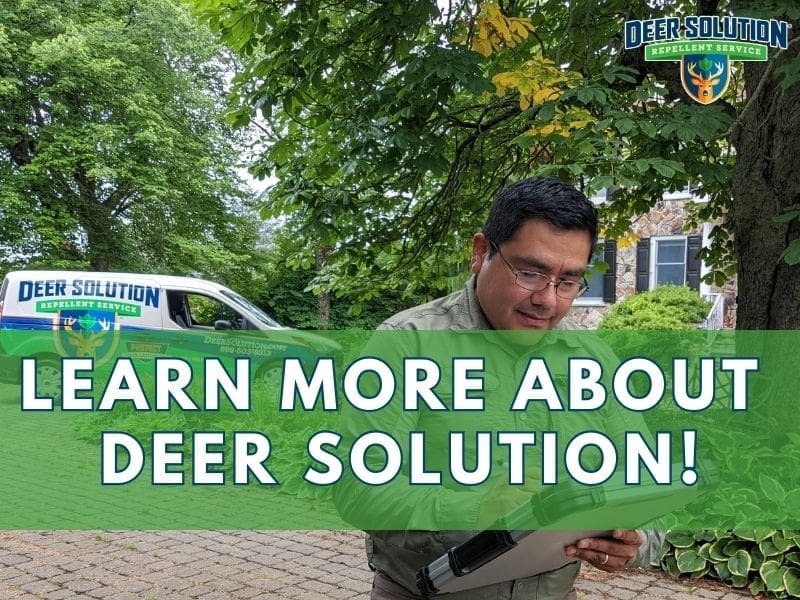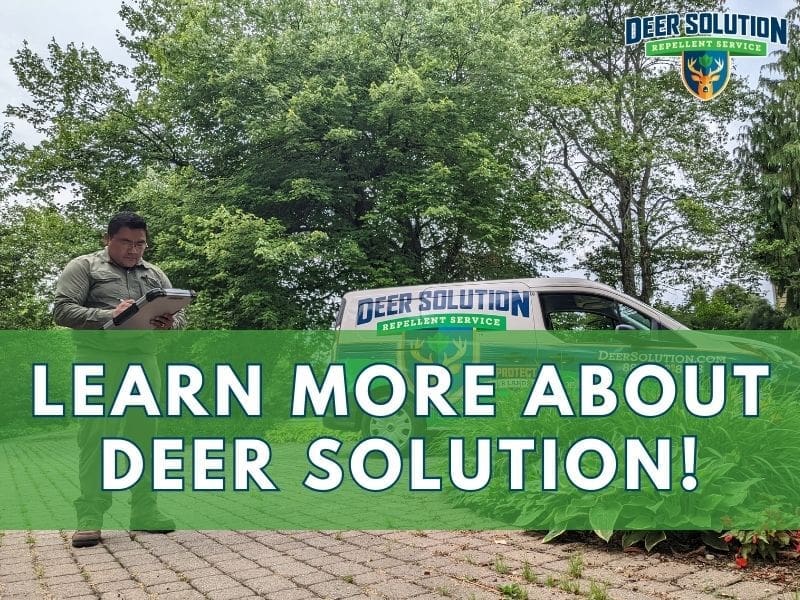Baltimore County, Maryland, faces an escalating ecological and agricultural challenge – the overpopulation of deer. This pervasive issue, characteristic of both urban and rural landscapes, demands a multi-pronged approach to wildlife management, ecosystem balance, and community safety.
The Surge in Deer Population
The deer population in Maryland has seen substantial growth, stabilizing at around 230,000. This increase, while reflective of successful conservation efforts, presents significant challenges.
The Maryland Department of Natural Resources (DNR) employs various management strategies, including regulated hunting, to control this population. Recent reports indicate an 8% increase in deer harvested, suggesting proactive measures are in place to manage the delicate balance between human and wildlife needs.
Deer Impact on Flora
A direct consequence of deer overpopulation is the heightened damage to vegetation. This includes trees and plants, which are critical components of the local ecosystem.
The increase in deer numbers correlates with more severe and frequent damage reports from businesses and gardeners. Measures like repellent sprays and planting deer-resistant varieties have been employed, yet the adaptability of deer poses ongoing challenges.
Agricultural Impacts
In regions like Kent County, the agricultural sector has been significantly affected. Farmers report substantial losses due to deer feeding on crops, leading to disrupted planting cycles and economic strain.
This situation reflects a larger issue of wildlife management affecting the state’s agricultural productivity and sustainability.
Ecological Ramifications
Unchecked deer populations result in ecological imbalances, primarily through overgrazing. This not only affects plant diversity but also has cascading effects on other wildlife.
The ecological consequences emphasize the need for a balanced approach to deer population control, integrating environmental conservation with wildlife management strategies.
Safety Concerns and Deer-Vehicle Collisions
Another critical aspect of the deer overpopulation problem is the increase in deer-vehicle collisions. These incidents, particularly prevalent during the breeding season, raise significant safety concerns for motorists.
Additionally, the financial implications of these collisions are exacerbated by the costs associated with repairing advanced vehicle technologies.
Forward-Looking Strategies
Addressing the deer overpopulation issue in Baltimore County, and in Maryland at large, requires a comprehensive strategy. This includes considering non-lethal management methods, such as habitat modification and public education on wildlife coexistence.
In Cecil County, for example, the focus has shifted towards sustainable deer management practices, emphasizing the importance of community involvement and environmental stewardship.
The overpopulation of deer in Baltimore County and surrounding areas is a multifaceted issue that impacts ecological balance, agricultural productivity, and public safety. The situation demands an adaptive management strategy that aligns with the evolving dynamics of deer populations and addresses the needs of the community and environment.










